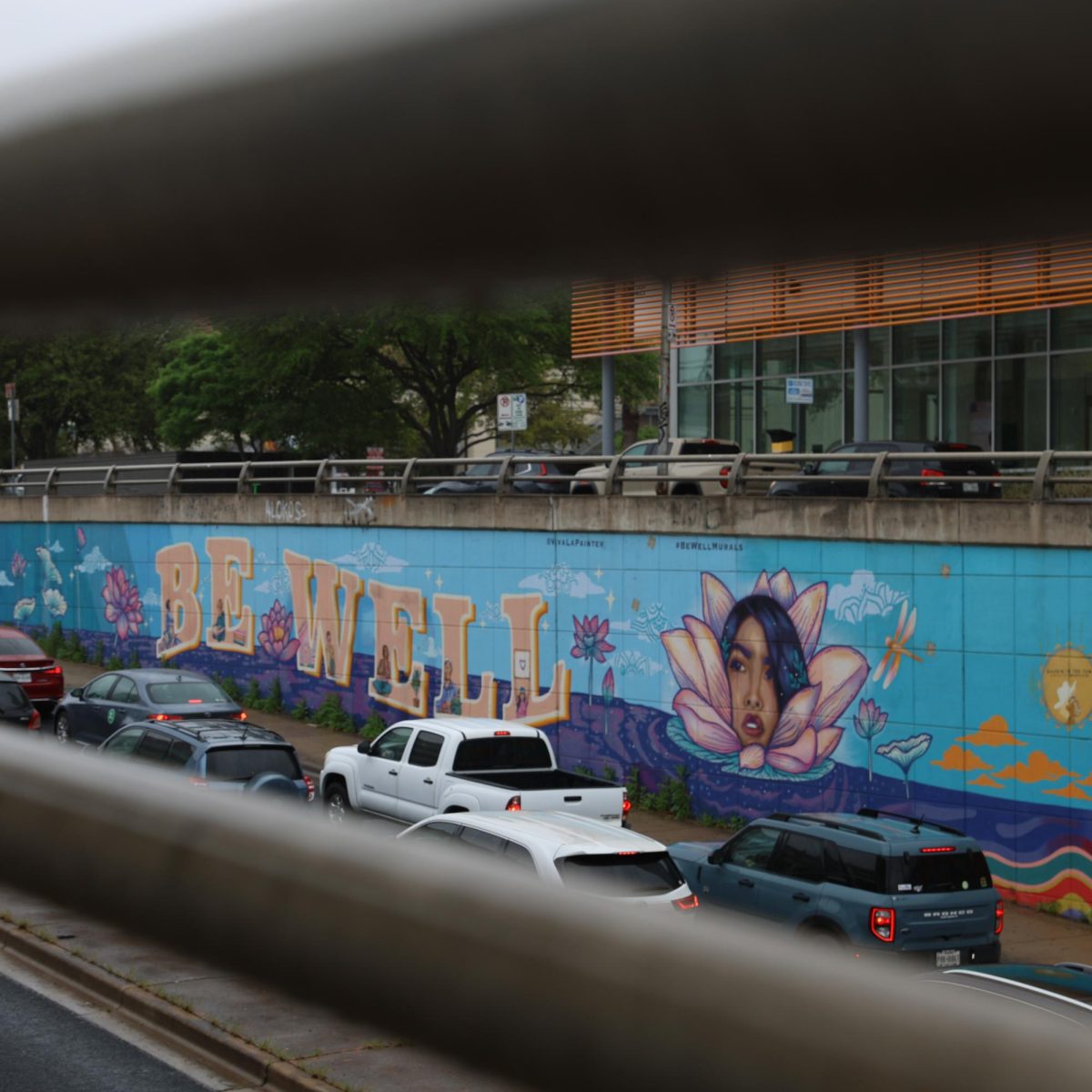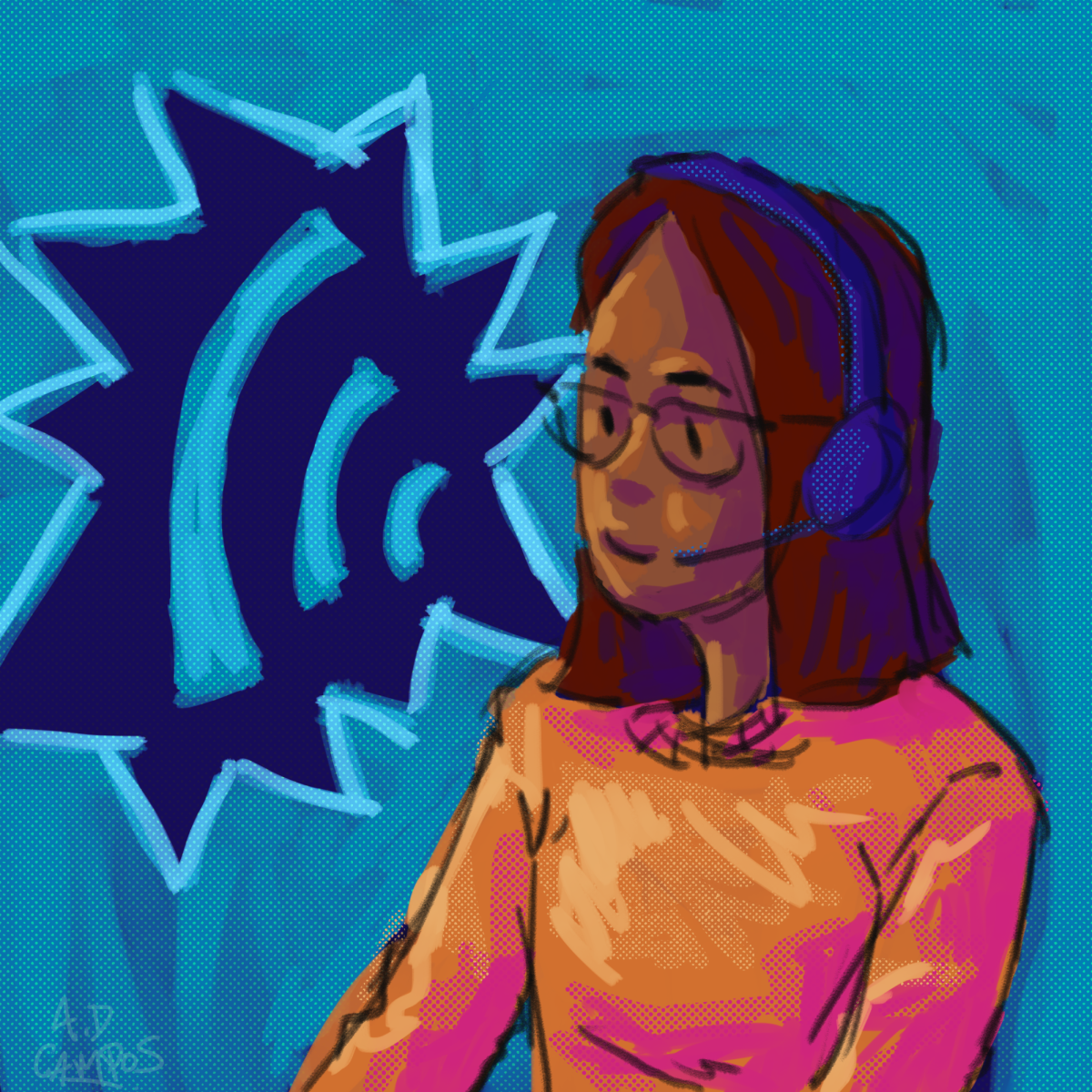The Austin Transportation Department is developing a new phone app that could help students avoid traffic when biking to campus.
The app, which is being developed with the Kimley-Horn consulting company, can communicate with traffic lights to time them efficiently and make sure a cyclist has the quickest route to travel.
Marissa Monroy, senior public information specialist at the Austin Transportation Department, said the app is designed to work with both Android and iOS operating systems. Cyclists start the app before starting to ride, and it communicates their velocity to traffic lights when they enter a detection zone near an intersection. This communication would help time the changing traffic lights with the biker’s movements. The app also provides an audio confirmation for cyclists, so they know the app is tracking them correctly.
Monroy said the app is still in the beta phase of testing, but the transportation department plans to do trial runs with it in January. The department hasn’t set up all of the intersections for the app yet, but it plans to focus on Central Austin, where there are the most cyclists, and may include intersections on Guadalupe Street and campus.
“The app will help cyclists improve the quality of their trip,” Monroy said. “You’ll have the app on your phone, and it will ping you from your location, so it knows where you are. As you enter an intersection, it could hold the light to stay green.”
Monroy said the app could decrease travel time by reducing the time needed to get off a bike at intersections.
“Usually, you have to get off your bike and go over and press the walk sign, and you lose time doing that,” Monroy said. “With this, the app will detect you as you’re coming.”
Physics sophomore Darin Peacock, who bikes frequently to class, said he would consider using the app on his bike if it included intersections around campus.
“It does sound like a good idea, especially for the four-way intersections near Jester and the RLM where there’s a lot of traffic,” Peacock said. “As long as people don’t take their attention off of the road itself, I think it would be OK.”
According to Kimley-Horn’s website, the app works by using the company’s advanced traffic management system technology to collect data and coordinate traffic lights. Once enough data is collected, it will help city officials monitor traffic patterns and work to decrease congestion in the worst areas, the website said.
Radio-television-film junior Andrea Chen said she thinks having another technological apparatus while biking might just add to the confusion of traffic around campus.
“It might be helpful, but, for me, I’m really bad at multi-tasking, so it might be a little confusing to deal with,” Chen said. “Around campus, you have to watch for people and cars that come through, so having one more thing to focus on might not be the best idea.”




















